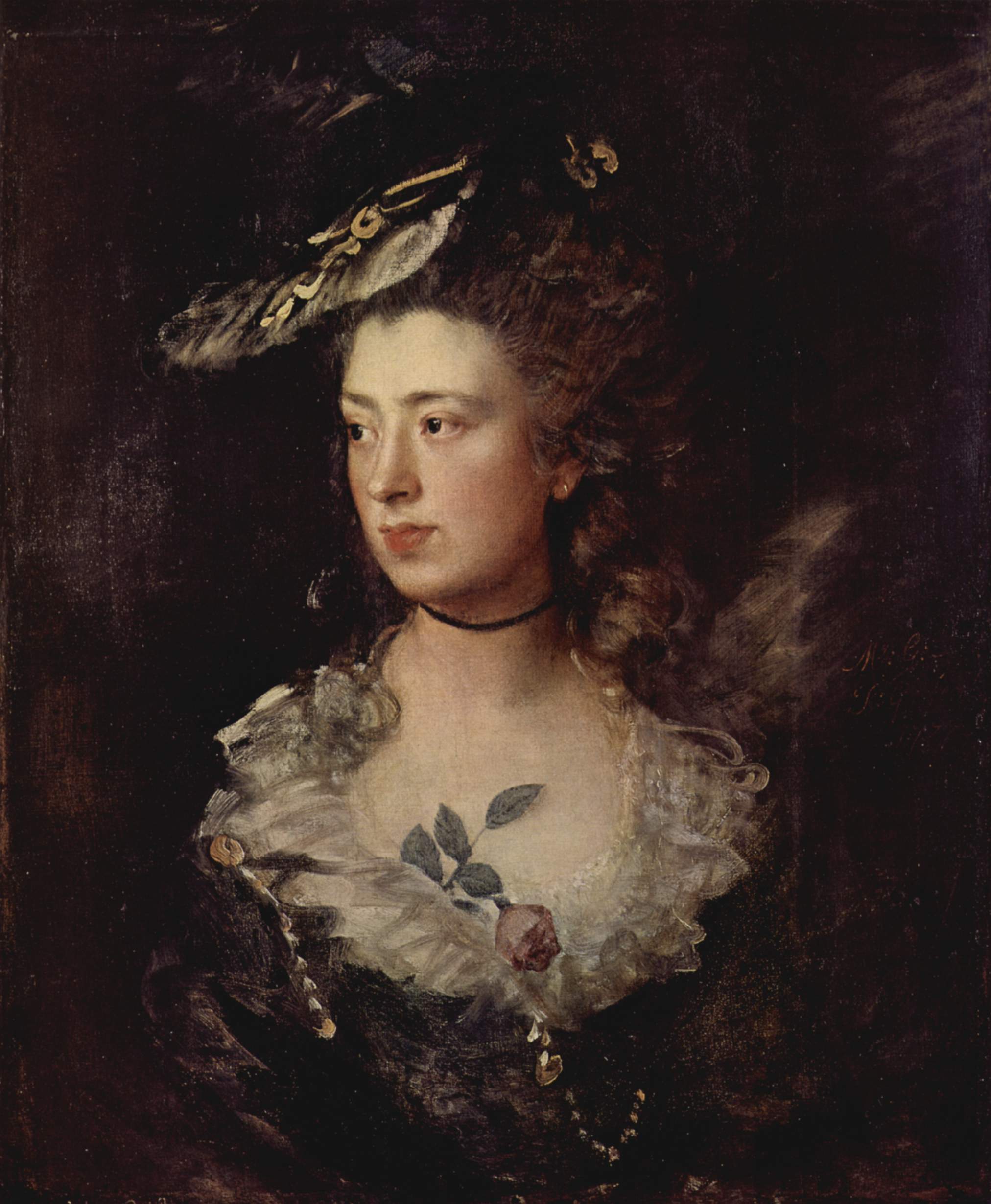Art mystery solved

MARCH 15, 2012
by Sara Morano ’14, Contributing Writer
“It is by Gainsborough, but it’s a mess.”
Hugh Belsey, the world’s foremost expert on the artwork of 18th-century English painter Thomas Gainsborough, put to rest the mystery surrounding “Lady Impey” in front of a standing-room-only crowd in Patrick Lecture Hall Tuesday night.
“Portrait of Lady Impey” has been hanging at White Oaks since 1975 — long before the estate housed Furman’s presidents. Homozel Mickel Daniel purchased the painting at auction, and the university acquired the painting and the estate when Mrs. Daniel bequeathed them to Furman in 1992.
“Lady Impey” was always considered to be a genuine Gainsborough, but in 2010, when a descendent of the Impey family began a worldwide search for the painting of rumored existence, doubts were cast.
The possibility arose that Furman’s portrait was completed by Gainsborough’s nephew and apprentice, Gainsborough Dupont. The difference between the work of the master and that of his apprentice was too close to be put to rest by the art dealers at Sotheby’s. A California collection even claimed the original, entertaining the possibility of two Lady Impeys, a convoluted suggestion that Belsey dismissed as “rubbish.”
“If you’ve led a rather sad life and looked at nothing else but Gainsboroughs as I have, you know,” is how Belsey self-effacingly explained the confidence with which he issued his verdict on the painting’s authenticity.
Belsey’s remarkable knowledge of the life and works of Gainsborough was evident in the first portion of his lecture. He devoted the second portion to revealing and explaining his verdict. The longtime curator of Gainsborough’s house in Suffolk treated the audience to a brief history of the painter and his works, eliciting chuckles and gasps along the way.
Belsey spoke of Gainsborough like an old friend at times, and the audience laughed at his comments on the artist’s life. They learned Gainsborough was someone who, early on, “didn’t have his act together at all.” He painted friends in his “Academicians of the Royal Academy” with hearing trumpets, as they were known to be “deaf as a post.” He endlessly frustrated exhibitions when he submitted oversized pieces at the last minute by a rough sketch of their dimensions.
The audience gasped when it learned the fate of some of the paintings produced by Gainsborough. His “The Three Elder Princesses,” a full-length portrait of King George III’s eldest daughters held by the Royal Collection, was cut across the middle by a gardener challenged to hang the oversized portrait. “The Woodsman,” a piece of particular creative importance, was burned in a fire.
Furman’s own “Lady Impey” suffered the additions of an ill-fitting “Gainsborough hat,” patches of pearly red hair, and damaging relining of the canvas at the hands of a 1904 art dealer.
“It’s not the best Gainsborough in the world, but it is one, and it will be in my catalog,” said Belsey of “Lady Impey.” The expert who “knows more about Thomas Gainsborough than Gainsborough knew about himself” settled the mystery of the painting once and for all to the sound of applause from the audience.